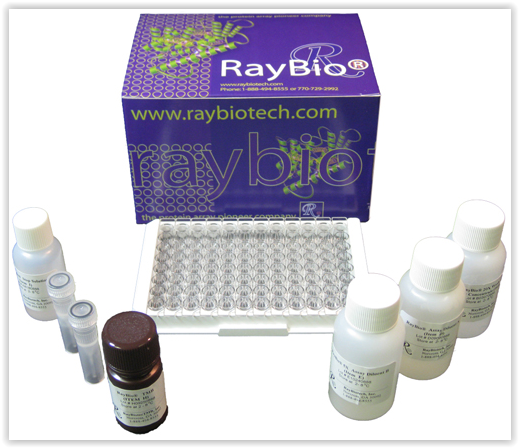Today, I’d like to give some tips & tricks on how to select an antibody… by reading its datasheet.
Obvious as it may seem, the datasheet is in fact contractual. It states the characteristics and guaranteed performance of a given product in general, or an antibody in particular. So it should be read carefully before taking a purchasing decision. No matter if you saw a great antibody detecting protein X in polar bear in some publication. If polar bear is not one of the validated species in the datasheet, the antibody is not guaranteed and you won’t get a replacement or refund.
On the other hand, if the datasheet states that a given antibody recognises protein X in polar bear, and you don’t get a result when using it (and following the protocol), then you are entitled to a refund or a replacement. And fast.

Let’s go for some tips.
Tip #1 – don’t make educated guesses
In the datasheet, check the target and host species, as well as the applications for which the antibody has been validated. Don’t make any educated guesses. The antibody is validated for what it is stated in the datasheet.
It’s true that most antibodies working for IHC(P) will work for ICC/IF (you may have to change the fixation protocol), but this is not guaranteed. Same for IHC(P) and IHC(F). You may decide to take the risk, but that’s your decision.
Tip #2 – consider the structure and PTMs of your protein
Antibodies validated for WB, usually detect epitopes in denatured proteins. So if you intend to use this antibody in a technique that is not denaturing, epitopes may be hidden in the 3D structure of the protein and the antibody may not detect them, as they are not accessible.
Post-translational modifications (PTMs) can also have a role. Not only phosphorylations, but also acetylations, ubiquitinations, glycosylations, etc. The activation state of your protein matters.
Tip #3 – look at the pictures

Pictures give a lot of information. As a rule of thumb, we normally recommend antibodies where pictures are displayed in the datasheet, indicating in what cell / tissue type they were used.
More and more, we all see antibodies having been only validated in WB (or ELISA) with the recombinant antigen. Well, if the antibody does not even recognise the recombinant antigen is not such a good antibody, is it? In these cases, this quality control is, well, a bit basic.
When using the antibody in a “real” sample, it may give sensitivity or specificity problems (endogenous expression cannot be compared with detection of a recombinant protein and/or the antibody may work well with only one recombinant protein, but it may give multiple bands in a “real” sample with thousands of proteins present). Not always, but it may happen.
Well, if you decide to purchase an antibody that has only been validated with the recombinant immunogen, you should be aware that, if the antibody fails to detect the protein in a real sample, you will not be entitled to any refund or replacement. So I would advise to use these antibodies when no other alternative exists (i.e. a protein for which no other commercial antibody is available).
A similar case is when the antibody has been tested with a transfected lysate. Specificity here should not be a problem. Sensitivity may, especially if you expect that your protein will not be highly expressed in basal conditions.
Tip #4 – publications
Publications are normally a good way to know beforehand if an antibody will work or not. Or maybe not…
Let’s be honest. Some publications show data that looks beautiful. But maybe (and I say, maybe…), there was a bit of Photoshop there. Or cutting bands so that only the nice part of the WB is shown (and not the fuzzy multiple bands above and below). OK, journals are making efforts to avoid this happening. For old publications, the results may have a bit of make up.
Also, your experimental model is your experimental model. Even if the antibody works well in a similar model in another lab, your cells are not the same. So it might well be that the antibody does not work… because protein X is just not present in your model. As simple as that.
Tip #5 – follow the protocol
Each antibody manufacturer provides the ideal protocols for use with their antibodies. So even if you have an optimised protocol in your laboratory, that has worked well for years, follow the protocol of the manufacturer. Fixation methods are especially tricky here. Follow the manufacturer’s recommendations, please.
So don’t get worked up about antibodies that don’t seem to perform… Check the datasheet and complain if they don’t work as expected! And if you still feel unsure about what to do, feel free to contact our team of specialists. We’ve been providing antibodies for decades, and can advise you on the best antibody for your application. And if an antibody doesn’t perform as it should (fortunately, in less than 5 % of all cases), we guarantee full back up to always find a solution!



